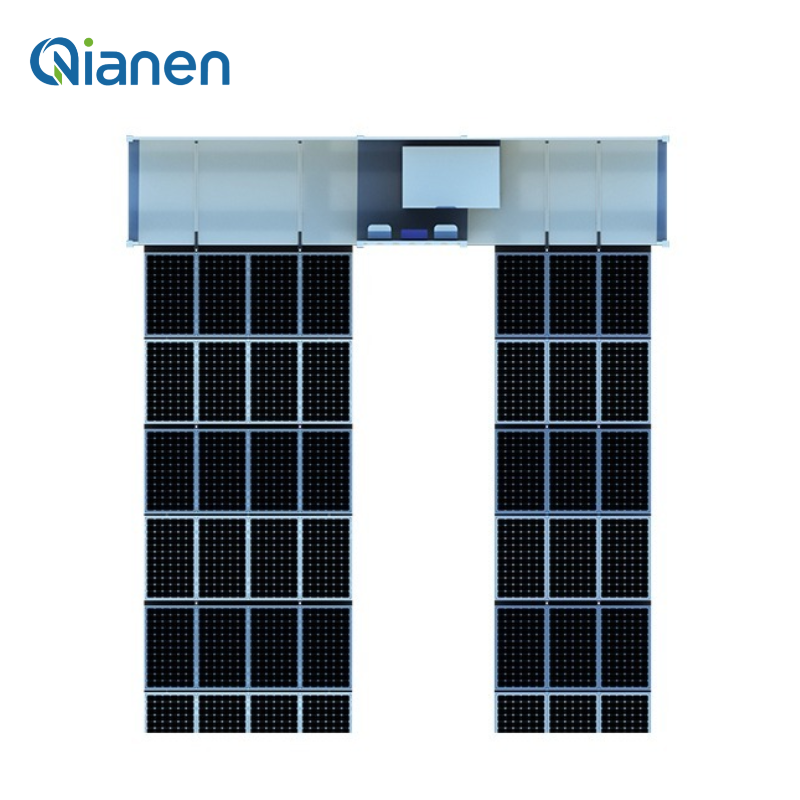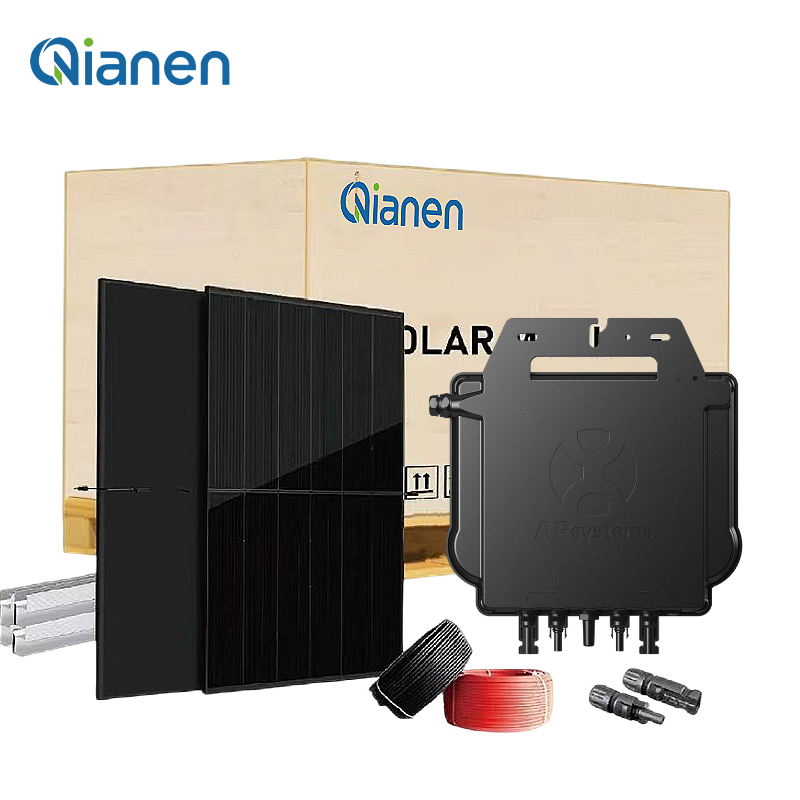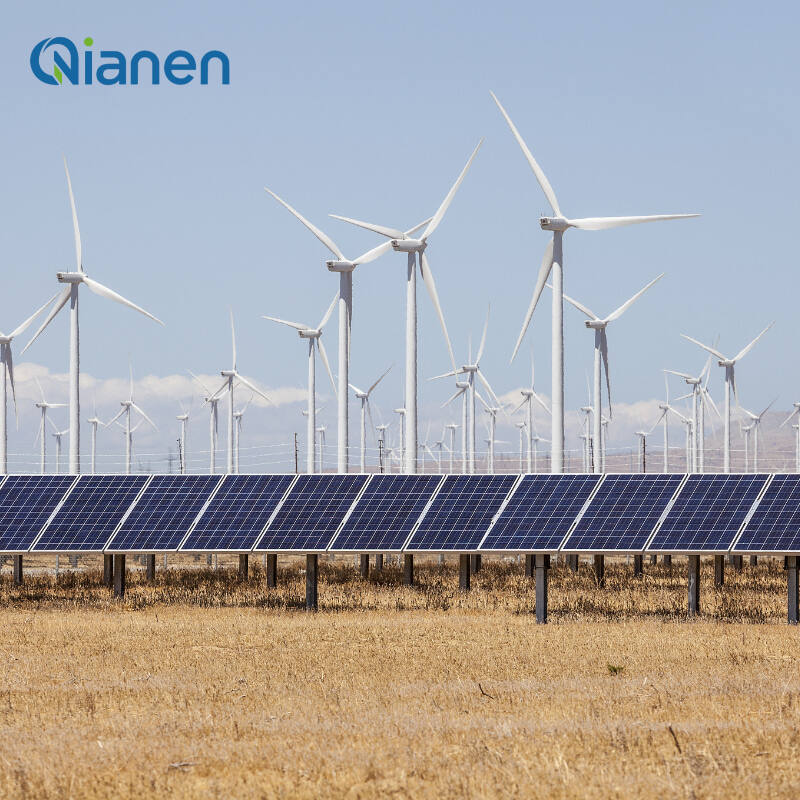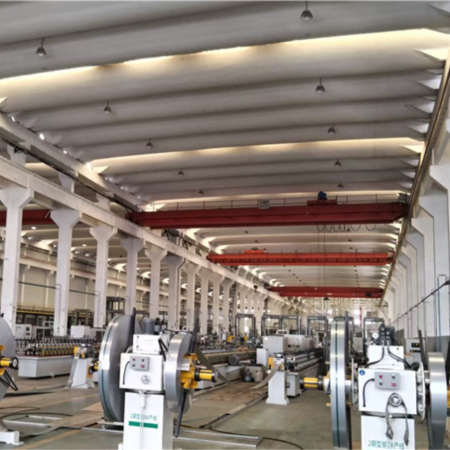Understanding Modern Home Solar Solutions
The transition to renewable energy has made solar system installation a pivotal decision for homeowners seeking energy independence and reduced utility costs. As technology advances and environmental awareness grows, selecting the right solar system for your household has become both more important and more complex. Modern solar solutions offer unprecedented efficiency and customization options, making it essential to understand the key factors that influence their performance and value.
Key Components of Residential Solar Systems
Solar Panel Technology and Efficiency Ratings
At the heart of every solar system lies the solar panels themselves. Modern panels come in various types, with monocrystalline panels leading the market in efficiency ratings, typically converting 15-22% of sunlight into usable electricity. Polycrystalline panels, while slightly less efficient, offer a more budget-friendly alternative without significantly compromising performance.
The efficiency rating of your chosen panels directly impacts the system's overall output. Premium panels with higher efficiency ratings can generate more power in limited space, making them ideal for homes with smaller roof areas. However, they come with a higher initial investment that needs to be weighed against long-term benefits.
Inverter Options and Their Impact
Inverters play a crucial role in converting the DC power generated by solar panels into usable AC power for your home. String inverters remain a popular choice for uniform roof configurations, while microinverters offer enhanced performance for installations with partial shading or complex roof designs. The latest hybrid inverters even incorporate battery storage capabilities, providing greater energy independence.
The choice of inverter technology can significantly affect your solar system's performance and monitoring capabilities. Modern inverters offer sophisticated monitoring features that allow homeowners to track energy production and consumption in real-time through smartphone apps.

Sizing Your Solar System Correctly
Energy Consumption Analysis
Before selecting a solar system, conducting a thorough analysis of your household's energy consumption patterns is essential. Review your past 12 months of electricity bills to understand seasonal variations and peak usage periods. This data helps determine the optimal system size that balances cost with energy production capacity.
Consider future changes in energy consumption, such as the addition of electric vehicles or home expansions, when sizing your system. It's often more cost-effective to install a slightly larger system initially than to expand it later.
Available Installation Space
The available roof space or ground area for panel installation plays a crucial role in system sizing. A professional assessment of your property can determine the maximum number of panels that can be installed while maintaining optimal orientation and spacing for maximum efficiency. South-facing roof sections typically offer the best solar exposure in the Northern Hemisphere.
Consider factors such as shade from nearby trees or buildings, roof angle, and structural integrity when evaluating installation space. These elements directly impact your solar system's performance and may influence the type of equipment you choose.
Financial Considerations and ROI
Initial Investment and Financing Options
The upfront cost of a solar system varies significantly based on size, equipment quality, and installation complexity. While premium components command higher prices, they often deliver better long-term value through increased reliability and efficiency. Many financing options exist, including solar loans, leases, and power purchase agreements (PPAs), making solar more accessible to diverse budgets.
Consider available tax incentives, rebates, and grants when calculating the total investment. Federal, state, and local programs can substantially reduce the initial cost, improving the overall return on investment.
Long-term Savings and Payback Period
Calculate the expected payback period by comparing the total system cost against projected energy savings. Modern solar systems typically pay for themselves within 5-10 years, depending on local electricity rates and solar resource availability. Factor in potential increases in utility rates when estimating long-term savings, as they can significantly impact the system's financial benefits.
Consider the warranty periods of major components and their expected lifespan. Quality solar panels often come with 25-year performance warranties, providing long-term peace of mind and predictable returns.
Installation and Maintenance Requirements
Professional Installation Considerations
Selecting a qualified installer is crucial for optimal system performance and safety. Look for certified professionals with extensive experience and positive customer reviews. The installation team should conduct a detailed site assessment, provide comprehensive documentation, and ensure all necessary permits and inspections are obtained.
Discuss maintenance requirements and support services during the installation planning phase. Understanding the warranty coverage and service agreements helps prevent unexpected costs and ensures proper system care.
Ongoing Maintenance Needs
While solar systems generally require minimal maintenance, regular inspections and cleaning can optimize performance. Establish a maintenance schedule that includes panel cleaning, connection checks, and monitoring system performance. Most issues can be identified through the monitoring system, allowing for proactive maintenance.
Consider environmental factors that might affect maintenance needs, such as heavy snowfall, leaf accumulation, or dust. These conditions may require more frequent cleaning or specialized maintenance procedures.
Frequently Asked Questions
How long do solar panels typically last?
Quality solar panels are designed to last 25-30 years, with manufacturers providing performance warranties that guarantee at least 80% of original output capacity after 25 years. Many systems continue to produce significant energy beyond their warranty period, though at gradually declining efficiency rates.
What happens to solar production during power outages?
Standard grid-tied solar systems automatically shut down during power outages for safety reasons. However, systems equipped with battery storage and special inverters can continue providing power to essential household circuits during outages, offering enhanced energy security.
Can I install a solar system in phases?
While possible, installing a complete solar system at once is typically more cost-effective. Phase installation requires careful planning to ensure compatibility between components and may result in higher total costs due to multiple installation visits and potential equipment upgrades.
How does weather affect solar panel efficiency?
Solar panels can generate electricity even on cloudy days, though at reduced efficiency. Modern panels are designed to perform in various weather conditions, including light rain and snow. However, heavy shade, snow coverage, or extensive cloud cover will temporarily reduce power production.




